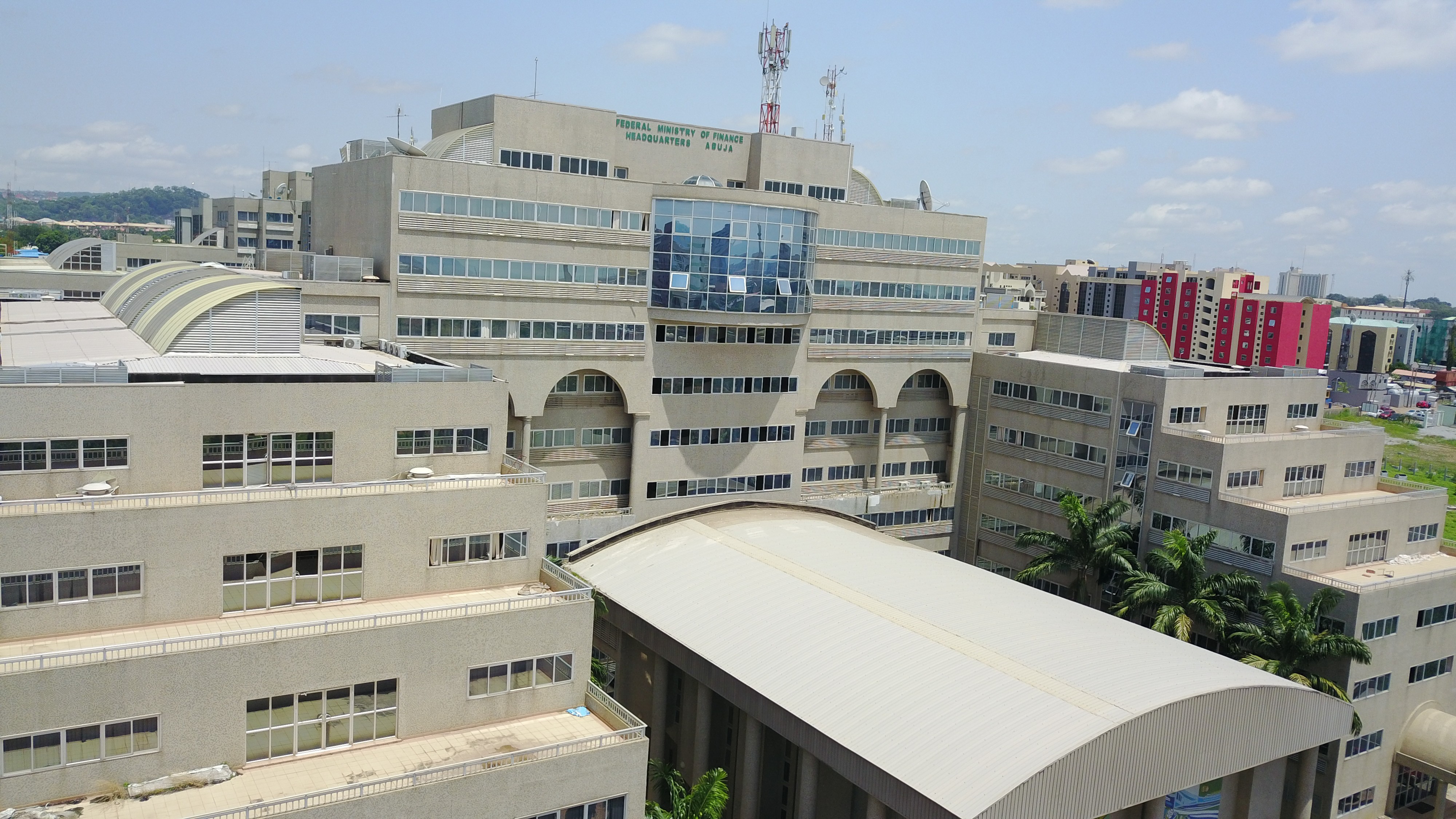Liquidity returns as naira regains trading discipline
Nigeria’s FX turnover jumped to USD 8.6 billion as reforms deepened; NGN=X held near ₦1,460 while BZ=F traded in the high USD 70s. NGSEINDX:IND climbed 42.8% YTD as reserves topped USD 42 billion and investor confidence strengthened.

Nigeria’s foreign-exchange market registered a significant rebound in liquidity, with monthly turnover rising to USD 8.6 billion in September 2025 from USD 5.5 billion a year earlier—a 56 percent increase that underscores gradual restoration of price discovery after years of currency distortion.
The Central Bank of Nigeria (CBN) has tightened settlement discipline, simplified interbank trading, and scaled back administrative controls, drawing transactions from informal dealers into regulated channels. The result is renewed counterparty confidence, aided by falling inflation, stronger reserves, and incremental policy coordination between fiscal and monetary authorities.
Disinflation has altered the yield calculus. Headline CPI slowed to 18.02 percent year-on-year in September 2025, down from 35 percent in late 2024, while the Monetary Policy Rate was trimmed 50 basis points to 27.00 percent on 23 September. Real short-term yields have turned marginally positive, supporting naira assets.
External buffers strengthened as gross reserves climbed to USD 42.03 billion on 19 September — the highest in six years — expanding CBN capacity to intervene when volatility spikes. Oil output averaged 1.39 million barrels per day (mbpd) in September, with combined crude and condensate running near 1.58 mbpd year-to-date. Alongside annual remittances of USD 20–21 billion, these flows are shifting exchange-rate formation from parallel markets to formal interbank desks.
Liquidity improvement is filtering through funding and asset pricing. Narrower interbank spreads have reduced precautionary dollar hoarding by importers and shortened settlement cycles. Banks and corporates face lower hedging costs as FX-basis volatility compresses, stabilizing balance-sheet valuations linked to USDNGN marks.
The NGX All-Share Index (NGSEINDX:IND) has gained 42.8 percent year-to-date to 13 October, driven by banks, consumer firms, and upstream energy companies benefiting from clearer repatriation channels. Local sovereign yields have steadied around 17 percent as liquidity confidence offsets tight monetary conditions aimed at consolidating disinflation.
External headwinds remain. Brent (BZ=F) near the high-USD 70s narrows Nigeria’s fiscal cushion and tests its ability to maintain reserve growth while meeting legitimate FX demand. Output interruptions, pipeline theft, and deferred investment still limit oil receipts.
Foreign direct investment, at roughly USD 1 billion annually, leaves portfolio flows as the primary source of incremental hard-currency supply, heightening sensitivity to global rates and volatility. Sustaining remittances at USD 1–2 billion monthly will require efficient low-cost channels and macro stability in host economies.
The policy signal is credibility through transparency. The CBN has shifted from rationing to guided flexibility, using open-market operations and consistent auction rules to foster a two-way market within a managed USDNGN (NGN=X) band. This encourages exporter repatriation, limits round-tripping, and anchors forward pricing.
Fiscal discipline is pivotal: reducing the deficit, implementing cost-reflective energy pricing, and accelerating non-oil export reforms will determine whether FX supply expands faster than transactional demand. Without such alignment, turnover growth risks reflecting velocity rather than real depth.
For global investors, the test is quantifiable. Over the next two quarters, reserves need to stay above USD 40 billion, USDNGN should trade between ₦1,250 and ₦1,400 with declining intraday volatility, and ex-post real policy rates must remain positive to stabilize duration premia.
If these thresholds hold through mid-2026 while Brent averages USD 75–80 and oil output exceeds 1.5 mbpd, Nigeria could advance from a reform rebound to structural stability, narrowing risk premia across debt and equity markets. Failure to meet these markers would re-expose the economy to liquidity-driven cycles that previously undermined monetary credibility.





